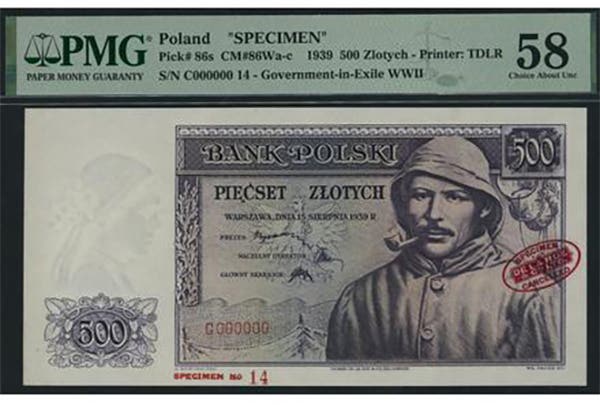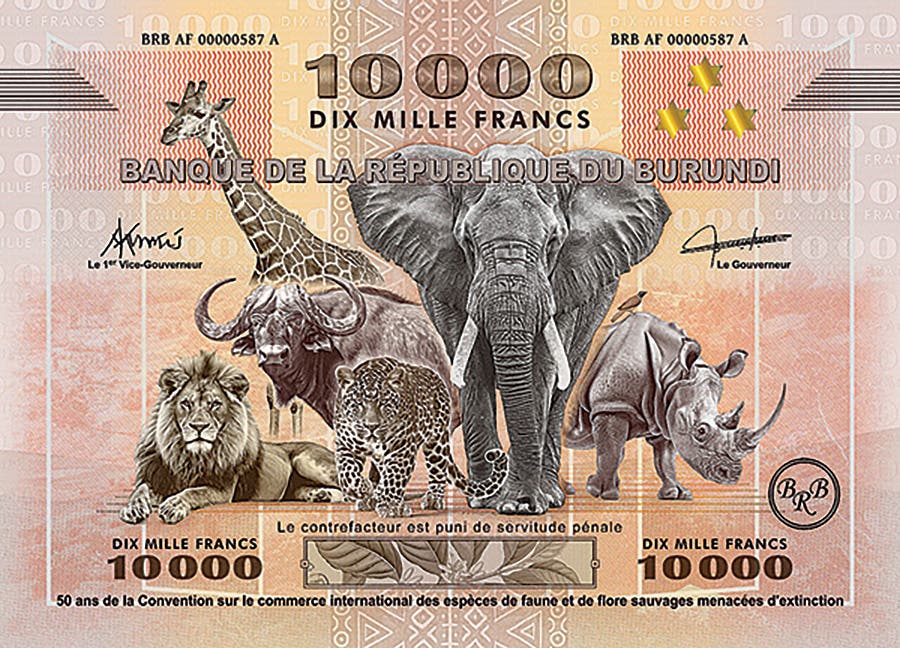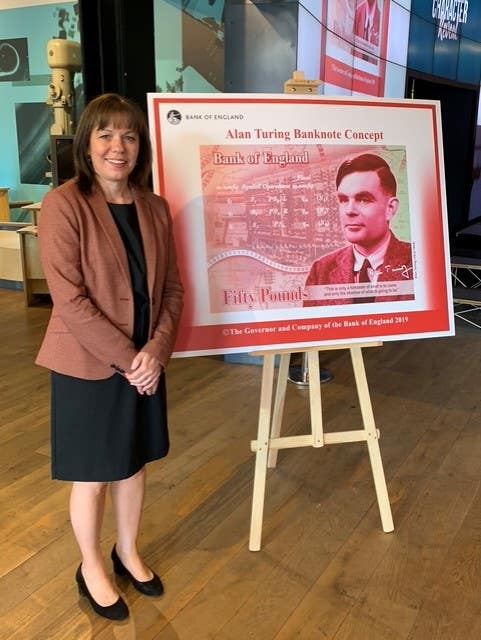New volumes on Scotland, Leith commems
By Neil Shafer Paper Money of Scotland, by Jonathan Callaway and Dave Murphy. Two volumes, hardcover, large octavo, 1,140 pages (both books), illustrations in color. Available from the publisher, Pam…
By Neil Shafer
Paper Money of Scotland, by Jonathan Callaway and Dave Murphy. Two volumes, hardcover, large octavo, 1,140 pages (both books), illustrations in color. Available from the publisher, Pam West, P.O. Box 257, Sutton Surrey, SM3 9WW, England; email pam@britishnotes.co.uk. Cost is 50 pounds ($70) plus shipping.
An author named James Douglas compiled a very fine catalog on the bank notes of Scotland in 1975. (Coincidently, that is the same year the first edition of the Pick catalog of world paper money was published.) That work immediately became the standard reference for Scottish notes; either a particular issue was included or else was "not listed in Douglas."
1975 was also a time when the gathering of the kind of information needed for such a book was far more complex than it is today, with the tools for detailed research so much more available. A veritable flood of new books on all phases of numismatics has appeared in recent years. Many of them show the effects of deep research, and quite often the resulting volumes are really high achievements.
None is more so than the just-released double volume history and catalog of Scottish bank notes by co-authors Jonathan Callaway and Dave Murphy. While acknowledging the Douglas catalog as "a remarkable achievement and a very useful handbook," they have pursued the data found in this pair of volumes as exhaustively as humanly possible. Their sources included archives, published literature and the notes themselves; also essays, trial pieces, artwork and proofs, some only recently discovered. Bank archives were consulted to help solve various problem areas. Also examined were bank records of all types during reconstruction of amounts made and issue dates. Of substantial help were auction catalogs and dealers’ stocks, and of course any significant collections they may have been able to access.
As with any effort involving such a tremendous amount of detailed information, the authors expect additional facts to emerge. Frankly, I doubt that much more will be found; with the high level of carefully prepared research these authors have achieved, it is nearly impossible to even think that more can be found. Without doubt, this triumph now represents the pinnacle of modern numismatic research and should be acknowledged as the new standard for scholarship in this field.
Leith Banking Company Commemorative Issue
This bank opened in 1793 and operated successfully until 1842. It opened branches in various locations until 1836. For some reason, its business began to weaken at that point, with the bank finally being declared bankrupt by 1842.
Perhaps the main reason this particular old Scottish bank is better remembered than many others is because it was the issuer of the first notes in the world to be considered true commemoratives. The event celebrated was the visit of King George IV to Scotland in August of 1822. It began with the arrival of the king to the shoreline at Leith on the 15th of that month.
Three denominations of special notes were prepared by Perkins & Heath on Patent Hardened Steel Plate. The values are one pound (20 shillings), one guinea (21shillings), and five pounds. All are individually dated by hand. The one- and five-pound notes use the same vignette at center; the one-guinea issue employs a much different scene.
Varieties exist having to do with the appearance of the 1822 date and several named payees on the notes. Each denomination needs individual treatment, as the notes are not consistent.
1 pound: Alex MacDonald, payee. Date range (by hand): 1 May 1823-2 June 1825. Date Aug. 15 (left), 1822 (right) under vignette of Royal Barge coming into Leith harbor. At left, King George IV in highland dress (this rendition of the king appears on all the commemorative notes).
1 pound: same payee. Date range 2 Aug. 1824-2 Sept. 1824. Without date under vignette.
1 Pound: Henry Johnston, payee. Date range 1 May 1833-1 Oct. 1838. Date under vignette restored. Undated proofs and specimens are listed (for 1 pound and 1 guinea notes. 5 pounds?).
1 guinea: payable to Bearer. Date range 1 July 1823-1 Oct. 1825. Without date under vignette of Leith quay with King George IV landing before a large crowd. George IV portrait at upper left, emblem of Leith at upper right.
5 pounds: Alex MacDonald, payee. Date range 1 July 1823-1 Oct. 1825. With date and vignette as first variety of 1 pound issue. Vertical panels left and right. Three different control marks have been found on various 5 pound pieces.
Backs all bear red and black revenue stamps designed by Sir William Congreve using his compound plate printing technique patented in 1820. The first were large, oval designs; these were replaced with smaller circular renditions during 1825.
It will be noted that there are no examples bearing the actual year of the Royal Visit, 1822. Yet every piece shows the special design made for this event. This same situation exists for certain other issues that start out as commemoratives, with the special design being used for subsequent issues released on a regular basis.
No other commemorative notes were issued from anyplace until 1894. At that time, Nicaragua came out with a set of notes honoring the 402nd anniversary (!) of the historic voyage of Christopher Columbus to the New World. Denominations consisted of 20 and 50 centavos, and 1, 5, and 10 pesos. All are extremely rare to unique in collectors' hands.
This article was originally printed in Bank Note Reporter. >> Subscribe today.
If you like what you've read here, we invite you to visit our online bookstore to learn more about Standard Catalog of World Paper Money, General Issues.








